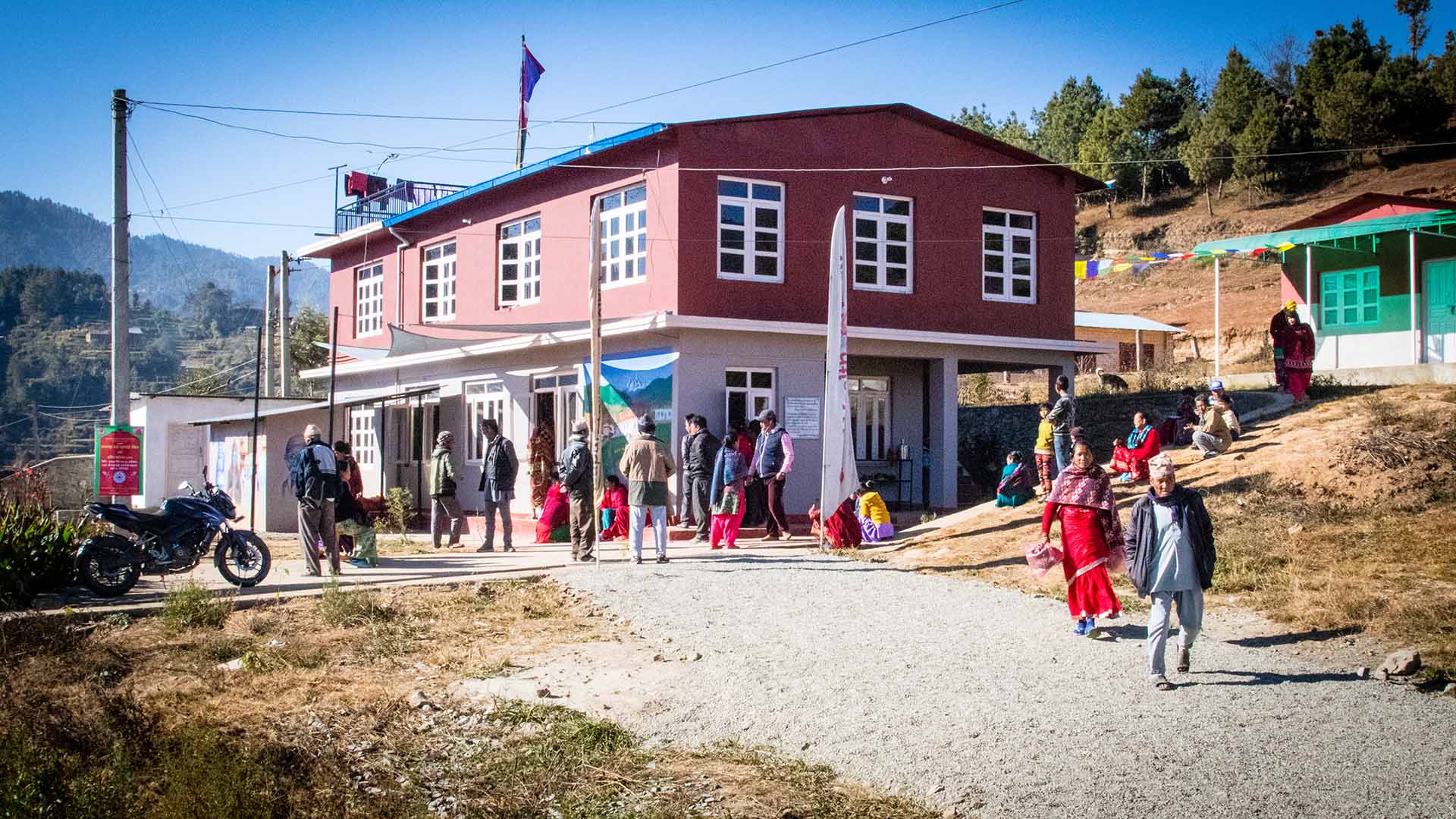News Blog
Latest News From Our Volunteers in Nepal
VOLUNTEER COMMUNITY CARE CLINICS IN NEPAL
Nepal remains one of the poorest countries in the world and has been plagued with political unrest and military conflict for the past decade. In 2015, a pair of major earthquakes devastated this small and fragile country.
Since 2008, the Acupuncture Relief Project has provided over 300,000 treatments to patients living in rural villages outside of Kathmandu Nepal. Our efforts include the treatment of patients living without access to modern medical care as well as people suffering from extreme poverty, substance abuse and social disfranchisement.
Common conditions include musculoskeletal pain, digestive pain, hypertension, diabetes, stroke rehabilitation, uterine prolapse, asthma, and recovery from tuberculosis treatment, typhoid fever, and surgery.
FEATURED CASE STUDIES
Rheumatoid Arthritis +
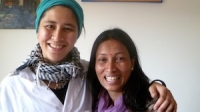
35-year-old female presents with multiple bilateral joint pain beginning 18 months previously and had received a diagnosis of…
Autism Spectrum Disorder +
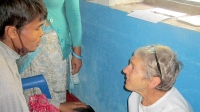
20-year-old male patient presents with decreased mental capacity, which his mother states has been present since birth. He…
Spinal Trauma Sequelae with Osteoarthritis of Right Knee +
60-year-old female presents with spinal trauma sequela consisting of constant mid- to high grade pain and restricted flexion…
Chronic Vomiting +
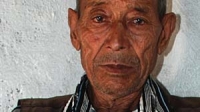
80-year-old male presents with vomiting 20 minutes after each meal for 2 years. At the time of initial…
COMPASSION CONNECT : DOCUMENTARY SERIES
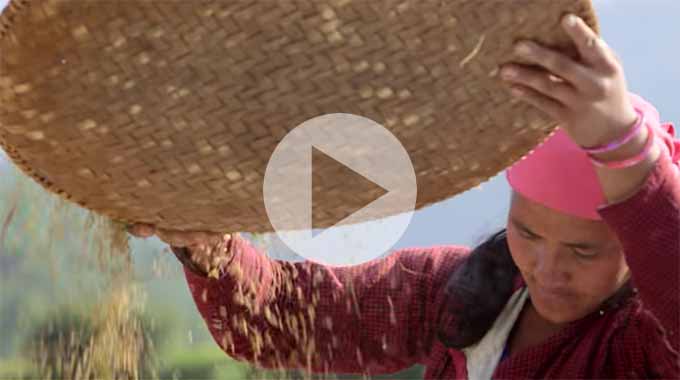
Episode 1
Rural Primary Care
In the aftermath of the 2015 Gorkha Earthquake, this episode explores the challenges of providing basic medical access for people living in rural areas.
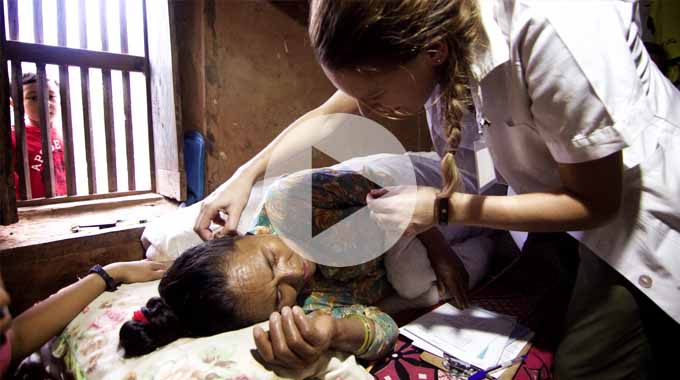
Episode 2
Integrated Medicine
Acupuncture Relief Project tackles complicated medical cases through accurate assessment and the cooperation of both governmental and non-governmental agencies.
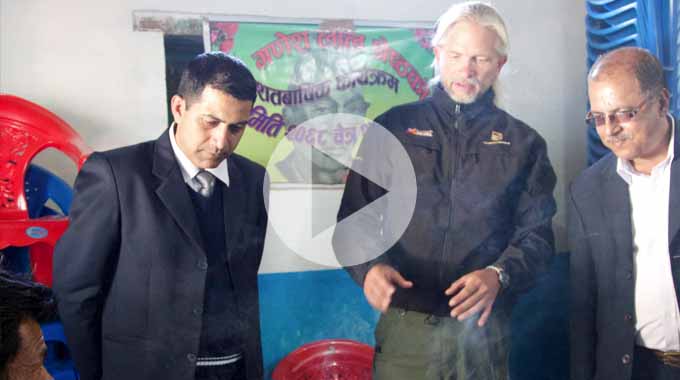
Episode 3
Working With The Government
Cooperation with the local government yields a unique opportunities to establish a new integrated medicine outpost in Bajra Barahi, Makawanpur, Nepal.
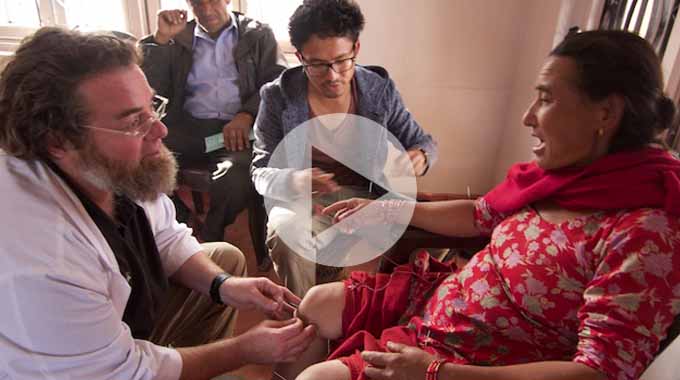
Episode 4
Case Management
Complicated medical cases require extraordinary effort. This episode follows 4-year-old Sushmita in her battle with tuberculosis.
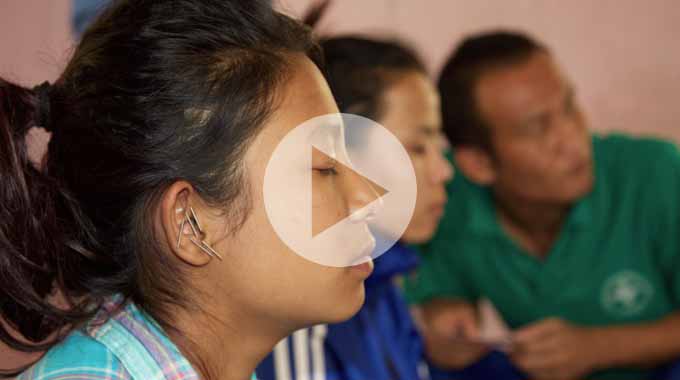
Episode 5
Sober Recovery
Drug and alcohol abuse is a constant issue in both rural and urban areas of Nepal. Local customs and few treatment facilities prove difficult obstacles.
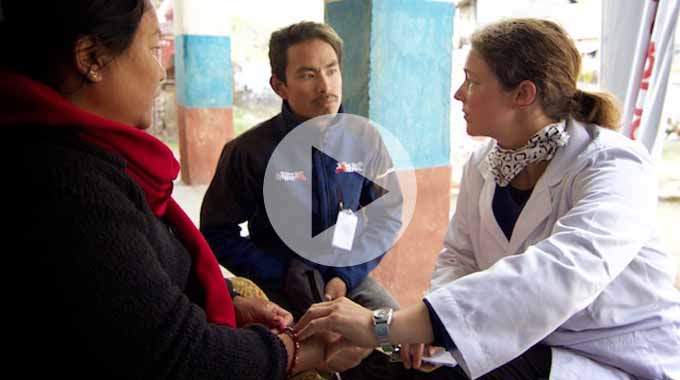
Episode 6
The Interpreters
Interpreters help make a critical connection between patients and practitioners. This episode explores the people that make our medicine possible and what it takes to do the job.
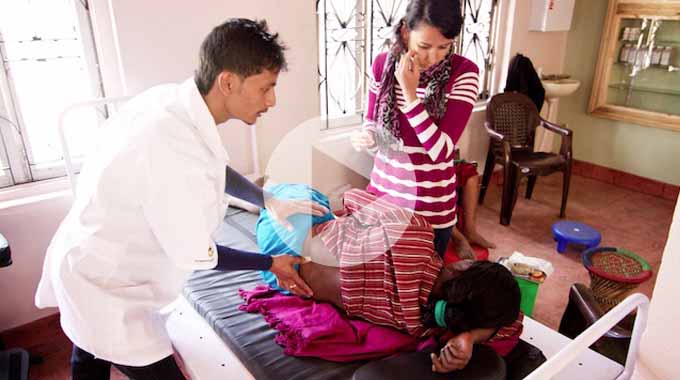
Episode 7
Future Doctors of Nepal
This episode looks at the people and the process of creating a new generation of Nepali rural health providers.
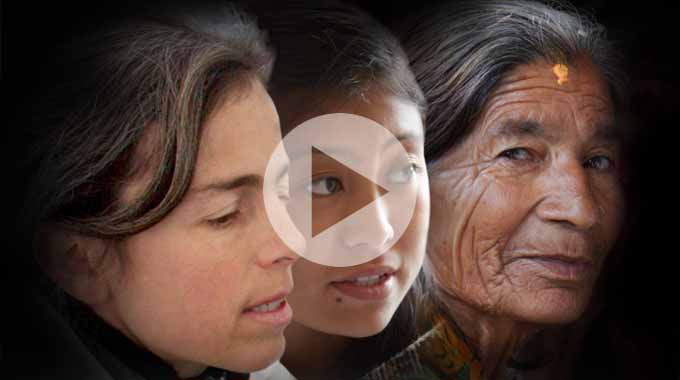
Compassion Connects
2012 Pilot Episode
In this 2011, documentary, Film-maker Tristan Stoch successfully illustrates many of the complexities of providing primary medical care in a third world environment.
From Our Blog
- Details
- By Kelli Jo Scott
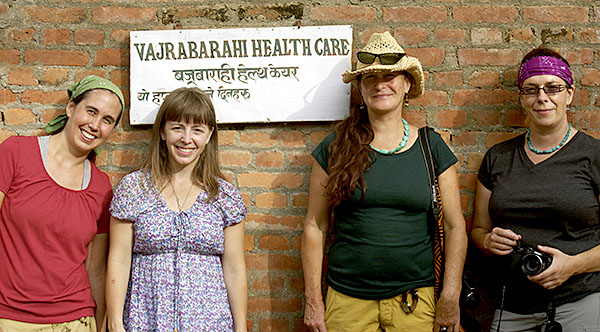
Working with patients at the Vajra Varahi Clinic has been an interesting and amazing experience so far. We see patients just two doors down from our bedroom, so the commute is very manageable. Each morning the patients all arrive at (or before) 9am and line up outside the clinic door. If you happen to peak out the window from the second floor in the morning and they see you while they are waiting, they are quick to put their hands together in prayer and shout the local greeting of “Namaste”, which means the light within me greets the light with in you. The same thing happens if you walk thru the downstairs waiting room or see strangers on the street.
 We are in the first part of our third week and I have already provided 130 treatments to patients with acupuncture, herbs, cupping, moxa, massage and just good old TLC. The patients are kind and grateful because many of them are very poor and there is no free healthcare in this region. The most common complaints we see are body pain of all types (neck, shoulder, knee, back, hand and foot), gastric pain and respiratory disorders, all of which seem to be a result of their lifestyle (just like ours are, but in a very different way.) They work incredibly hard in a physical way; in the fields, cutting grass, gardening, milking cows, cooking and carrying large buckets of water constantly. We saw some women last week carrying huge baskets of gravel (much larger than a 5 gallon bucket) on their backs with a strap going across their forehead, up flights of stairs...all in a days work! Nepalis eat very spicy foods, likely to keep food poisoning and parasites away, since there is no refrigeration here. And the vast majority of vehicles are run on diesel and DEQ has no presence here. When you are out on the roads, with the chaos of traffic like I have never seen, you must wear a mask to help keep the thick exhaust out of your lungs.
We are in the first part of our third week and I have already provided 130 treatments to patients with acupuncture, herbs, cupping, moxa, massage and just good old TLC. The patients are kind and grateful because many of them are very poor and there is no free healthcare in this region. The most common complaints we see are body pain of all types (neck, shoulder, knee, back, hand and foot), gastric pain and respiratory disorders, all of which seem to be a result of their lifestyle (just like ours are, but in a very different way.) They work incredibly hard in a physical way; in the fields, cutting grass, gardening, milking cows, cooking and carrying large buckets of water constantly. We saw some women last week carrying huge baskets of gravel (much larger than a 5 gallon bucket) on their backs with a strap going across their forehead, up flights of stairs...all in a days work! Nepalis eat very spicy foods, likely to keep food poisoning and parasites away, since there is no refrigeration here. And the vast majority of vehicles are run on diesel and DEQ has no presence here. When you are out on the roads, with the chaos of traffic like I have never seen, you must wear a mask to help keep the thick exhaust out of your lungs.
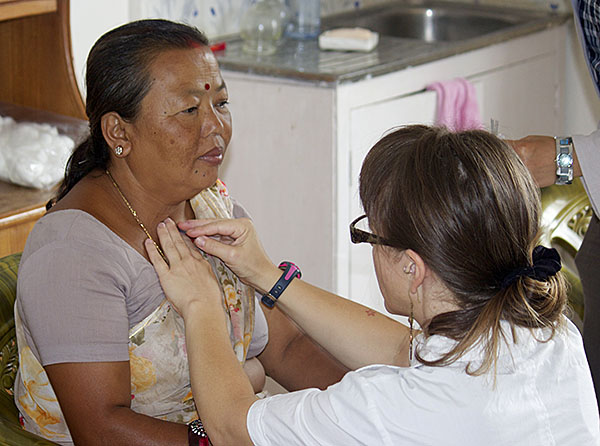
Since we may very well be the only healthcare providers that our patients have seen, it is very important that we use all of our education and skills and senses to assess each patient’s total health picture and be sure they are referred to other health practitioners if their condition is beyond our scope or if they need more emergent care. I have already referred patients for very high blood pressure, laceration and kidney infection and my colleagues have seen acute appendicitis and other cases of high blood pressure, which have also been referred. Sometimes, even then, it is a challenge to make patients see the urgency of their condition when they have little or no money.
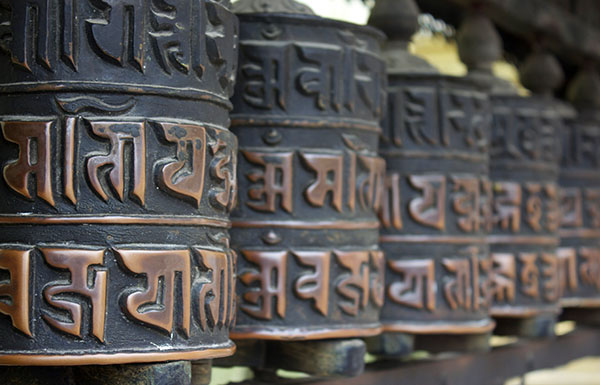
Last week one of the patients that we were treating for post stroke symptoms passed away. We would travel twice a week by motor bike to his modest one room, dirt floor home, located in an outlying village. We would treat him there, due to the severity of his case and the transportation challenges it presented. He was very old, thin, weak and sometimes sad, but he still had his sense of humor and such a kindness about him. I am completely grateful for the experience of meeting and treating him. On the last time I treated him, three days before he died, he asked his grown son to go out to the guava tree in the yard and pick some of them. When he returned with a bag full of the ripe, luscious, fragrant fruit, he said it was for us (me and my team) who have been treating him. Guava now has a new place in my heart and I am truly glad his suffering is over. I like to think that we helped to make his last days more comfortable and less lonely. And to me, this is what it’s really all about.
I look forward to the rest of my time here in Nepal, all the people I will connect with and the wisdom that they will surely impart. --- Kelli Jo Scott
- Details
- By Andrew Schlabach
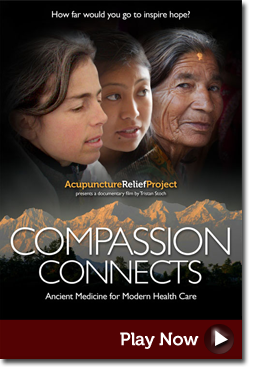 Premier screening of Compassion Connects
Premier screening of Compassion Connects
We had a standing room only turn out for the premier screening of the short documentary by Tristan Stoch. Thank you to all of you who could attend. I'm including a link to the full documentary for everyone to see. Please share it.
 The film was accepted to screen again at the Columbia Gorge International Film Festival in August. We hope that all of you in the Portland Area will come and support our bid for best documentary short. We are also submitting to several other film festivals across the country and abroad.
The film was accepted to screen again at the Columbia Gorge International Film Festival in August. We hope that all of you in the Portland Area will come and support our bid for best documentary short. We are also submitting to several other film festivals across the country and abroad.
For more information please visit: www.CompassionConnects.org and like us on facebook
Click here to watch the full length version of Compassion Connects.
Annual Report
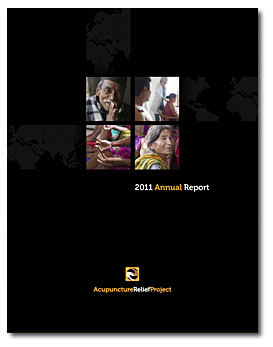 On behalf of myself and our Board of Directors, I want to thank every one who reads this blog and supports this project. With the help of our partners, Vajra Varahi Clinic and the Chokgyur Lingpa Foundation, we continue to provide extremely effective and cost efficient care in Nepal.
On behalf of myself and our Board of Directors, I want to thank every one who reads this blog and supports this project. With the help of our partners, Vajra Varahi Clinic and the Chokgyur Lingpa Foundation, we continue to provide extremely effective and cost efficient care in Nepal.
In 2011 our Third World Medicine Immersion Program was a great success with twelve volunteers serving at the Vajra Varahi clinic. These volunteers worked six days a week not only providing care to patients but also participating in over 40 hours of continuing education focused on improving their skills in case evaluation, treatment planning and patient progression. Upon completion of their course, each practitioner presented a case study for peer review. These case studies help us analyze the efficacy of our clinic efforts and contribute to a body of evidence that supports our overall project model. For their participation in this course, volunteer practitioners received 40 Professional Development Activity (PDA) credits from the National Certification Commission of Acupuncture and Oriental Medicine (NCCAOM).
Acupuncture Relief Project also conducted a Patient Reported Outcome Measures (PROM) research study during the Fall and Winter 2011/2012. The goal of the research was dual purpose. First to collect demographic and efficacy information from our patients. Second to provide a tool for our practitioners to help guide them in their treatment planning, evaluations and prognosis as they learned to work with their interpreters and adapt to treating in a foreign environment. Since my return from Nepal this year, I have been mentoring a group of graduate students from the Oregon College of Oriental Medicine to compile and analyze this data. Currently we are working on writing the research paper and seeking approval from the Independent Review Board (IRB) to publish our findings.
As the quality of our clinic operations continues to mature, we are increasing our focus to solving our greatest sustainability challenge which is to train local Nepali practitioners in acupuncture. In 2011, we fully funded a scholarship for one student only to be setback as the only Oriental Medicine school in Nepal became defunct. We have now adopted a mentorship approach for two students and I personally conducted over 100 hours of training during my stay last fall. We are also exploring the possibility of sponsoring a student to study in the US, Canada, Australia or China. Currently our major obstacle is a lack of legitimate accreditation and licensure in Nepal. Obviously this issue will be on our list for awhile.
On a financial note, we have definitely felt the strain of higher fuel prices reflected in the cost of air travel. We take these expenses very seriously and do our best to factor this into the cost per treatment when evaluating our efficacy and sustainability measures. Our organizational board of directors, officers and team facilitators are not compensated and volunteer many weeks (if not months) of their time every year. We feel we are maintaining an absolute minimum administrative footprint as we provide services to thousands of patients, jobs to our interpreting staff and a unique developmental experience for our practitioners.
Download our Annual Report and Financial Statements click here.
Compendium of Clinical Case Studies: Volume One
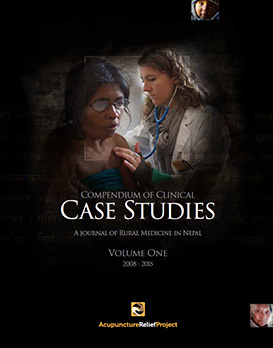 Case studies provide a way for us to capture and share a small piece of our overall clinical experience. These case studies help us analyze the efficacy of our clinic efforts and contribute to a body of evidence that supports our overall project model. We share them here to provide our community some insight into our work in advancing our medicine both at home and abroad.
Case studies provide a way for us to capture and share a small piece of our overall clinical experience. These case studies help us analyze the efficacy of our clinic efforts and contribute to a body of evidence that supports our overall project model. We share them here to provide our community some insight into our work in advancing our medicine both at home and abroad.
Download our Compendium of Clinical Case Studies: Volume One
If you have any questions about our financial report, case studies or would like to find out how you can help, please contact me at
Best regards,
Andrew Schlabach
- Details
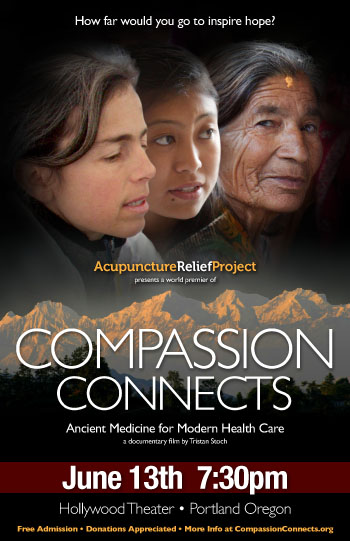 Acupuncture Relief Project presents a world premier screening of
Acupuncture Relief Project presents a world premier screening of
Compassion Connects: Ancient Medicine for Modern Health Care
Hollywood Theater, Portland Oregon, June 13th 2012, 7:30pm
Free Admission • Donations Appreciated
In 2011, film-maker Tristan Stoch followed a team of Acupuncture Relief Project volunteer practitioners during their stay at the Vajra Varahi Clinic in Chapagaon, Nepal.
In this short film he successfully illustrates many of the complexities of providing primary medical care in a third world environment.
Since 2008 Acupuncture Relief Project has provided over 100,000 treatments to patients living in rural villages outside of Kathmandu Nepal. Acupuncture offers an inexpensive, sustainable method of providing communities access to medical evaluation and basic care.
Please join us Wednesday, June 13th for a celebration of Acupuncture Relief Project’s work in Nepal. Between the two screenings of the film, Project Director Andrew Schlabach will give a brief talk about the organization’s accomplishments.
7:30 pm :Premier Screening of Compassion Connects
8:00 pm: Presentation by Andrew Schlabach: Acupuncture as Primary Care in the Third World
8:45 pm: Second screening of Compassion Connects
Compassion Connects: Synopsis
Against tremendous obstacles of poverty, in regions where the struggle to survive often usurp basic medical needs, five volunteer acupuncturists, set up a health clinic in Nepal. Through providing basic primary health care, a connection emerges between patient and practitioner that act as a vehicle for exploring fundamental questions about what it means have compassion, and elementarily, what it means to be a good human being. These relationships have long-lasting effects both personally and socially, bringing waves of compassion to all communities, at home and in Nepal, creating meaning, changing lives, changing communities.
For more information please visit: www.CompassionConnects.org
Click here to watch the Compassion Connects theatrical trailer: How far would your go to inspire hope?
Our Mission
Acupuncture Relief Project, Inc. is a volunteer-based, 501(c)3 non-profit organization (Tax ID: 26-3335265). Our mission is to provide free medical support to those affected by poverty, conflict or disaster while offering an educationally meaningful experience to influence the professional development and personal growth of compassionate medical practitioners.
